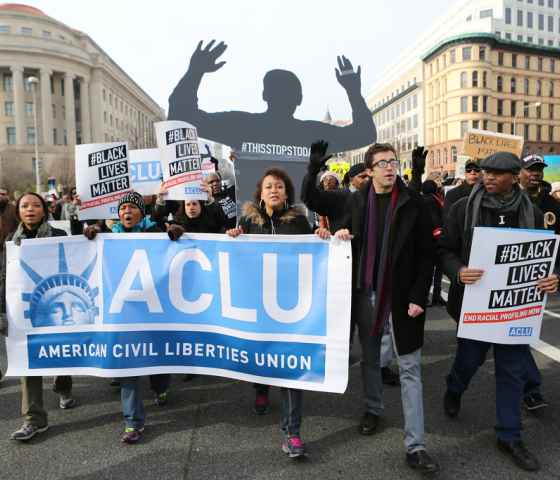By Valerie Strauss, Washington Post
How do the 50 U.S. states and the District of Columbia support their public schools? Badly, according to a new report card (see in full below) which evaluates their performance on six key criteria and finds all of them wanting. The best overall grade is a C, with most states earning D’s or F’s.
The report card is being issued Tuesday by the Network for Public Education (NPE), a nonprofit group co-founded several years ago by education historian and activist Diane Ravitch to advocate for America’s public school system. The authors evaluated states on criteria they see as promoting a professional teaching force, equitable and sufficient funding and equal opportunities for all students to succeed — all critical to the health of public schools.
Specifically, the reports looks at how states approach high-stakes standardized testing and school finance as well as how much they promote teachers as professionals and resist privatizing public education. How states spend taxpayer money is another criterion, as is whether states promote policies that affect the income, living conditions and governmental support for students to give them all a chance to succeed in school. Some states earned A’s in a category or two but none earned higher than an overall C. You can see the breakdown below.
This list of criteria is very different than would be one coming from a school reform group that promotes the use of high-stakes standardized tests for “accountability” purposes. As Ravitch said in an introduction:
These measures are not always easy to quantify, but in the current environment, it is important to find a way to recognize those states that have invested in their public schools in positive ways. And it is also important to identify states that have weakened public education—by seeking to privatize their schools or turn them into profit-making ventures, as well as states that have aggressively instituted a regime of high stakes testing that unfairly sorts, ranks and demoralizes students, educators and schools. Unlike other organizations such as The American Legislative Exchange Council (ALEC) and Michelle Rhee’s StudentsFirst, whose report cards rank states in relation to their willingness to privatize public education and weaken the status of the teaching profession, we take another path. We give low marks to states that devalue public education, attack teachers and place high stakes outcomes on standardized tests.
The report says that state policies and laws enacted since the beginning of the No Child Left Behind Act in 2002 have “taken a toll on our public schools.”
Prior to NCLB, nearly every state would have earned a grade of “A” in the criteria, No High Stakes Testing. This year, only 5 states earned a grade of “A.” Grades in the criteria Chance for Success are lower than they would have been a decade ago, due to rising numbers of students living in poverty and increased racial isolation in schools. And when it comes to school finance, our national grade is a dismal “D.”Still there are bright spots. Seven states have rejected charters, vouchers and other “reforms” that undermine community public schools. Three states — Alabama, Montana and Nebraska — each earn an “A” for their rejection of both high stakes testing and privatization. No state, however, received high grades across the board. For example, although Alabama scored high in resistance to high stakes testing and privatization, its schools are underfunded and far too many students live in poverty or near poverty in the state.
